Bok Choy
$4.95
Brassica Rapa
- Seed Count 50
- Fast Growing
- Annual
In stock
Description
Bok Choy is an essential choice for gardeners seeking a quick-growing Asian vegetable. It features short, broad, and thick pure white stalks paired with dark green, glossy leaves that have a slightly savoyed texture.
Not only is this vegetable highly nutritious and flavourful, but it’s also incredibly easy to cultivate. Bok Choy makes an excellent substitute for cabbage or spinach, catering to both home and market growers’ needs.
You can enjoy Bok Choy at any stage of its growth—harvest it early for tender baby leaves or let it mature for thick and succulent white stems.
This non-heading variety forms clusters of 8 to 12 crisp white stalks with nearly round, smooth, glossy green leaves.
As China’s favorite vegetable, it can be used in countless ways, whether raw or cooked, and is perfect for “cut and come again” harvesting from seedling to full maturity.
| Method: Sow direct | Soil Temp: 21°C - 30°C |
| Cool Mountain: Mar - May | Position: Full sun |
| Arid: Apr - Aug | Row Spacing: 30cm |
| Temperate: Mar - May | Planting Depth: 3mm |
| Sub Tropical: Mar - May | Harvest: 45 Days |
| Tropical: Apr - Aug | Plant Height: 40 cm |
🌿 Grow Guide: Bok Choy & Pak Choy
Bok choy and Pak Choy are wonderfully generous greens that almost always give back more than you expect. They are fast-growing, nutrient-rich, and happy to grow through much of the year in many parts of Australia. Whether you’re tucking it into a small space or giving it a starring role in your veggie patch, these crops that suits beginners and seasoned growers alike.
🌱 Sowing: Trays vs. Direct
📦 Sowing in Trays (Recommended for Controlled Start)
Starting bok choy in trays gives you better control, especially in areas with unpredictable weather or hungry slugs.
How to do it:
- Use small cells or seed-raising trays with a good quality seed-raising mix.
- Sow 1–2 seeds per cell, about 5 mm deep.
- Keep trays in a sheltered spot with dappled sunlight.
- Germination takes about 5–10 days.
- Thin to one strong seedling per cell.
- Transplant out when seedlings are about 3–4 weeks old or have 3–4 true leaves.
🧑🌾 Tip: Harden off seedlings before transplanting by exposing them to outdoor conditions gradually over a few days.
🌿 Direct Sowing (Great for Quick Crops)
If the soil is soft and moist, and pests are under control, they perform beautifully when direct sown.
How to do it:
- Sow seeds 1 cm deep, spacing them 20–30 cm apart.
- Rows should be about 30 cm apart.
- Water in gently and keep moist.
- Thin out seedlings once they’re a few cm tall, using the thinnings as microgreens in your salad!
🦌 Note: Slugs, snails, and birds love their tender leaves, so keep an eye out in the early days.
🌾 Soil & Position
- They thrive in full sun to part shade.
- Prefer well-draining, fertile soil with lots of organic matter.
- Add compost and aged manure before planting.
- Ideal soil pH is between 6.0–7.5.
🪱 Pro tip: Mulch with straw or sugarcane to keep soil moist and prevent weeds. This also helps protect shallow roots from temperature swings.
🌸 Companion Planting Guide
They are part of the brassica family, so they play well with some plants and not so well with others.
✅ Best Companions:
- Carrots – help break up soil and don’t compete for the same nutrients.
- Beetroot – similar growing needs, compatible root depths.
- Alliums (onions, garlic, chives) – naturally deter pests like aphids and cabbage moths.
- Herbs like mint and dill – great for confusing pests with their strong scents.
- Lettuce – grows well alongside and helps shade soil.
🚫 Avoid planting near:
- Other brassicas (broccoli, cabbage, cauliflower, etc.) – they compete for similar nutrients and attract the same pests.
- Strawberries – they don’t get along well, and spacing needs can clash.
🐛 Tip: Plant nasturtiums or marigolds nearby to act as sacrificial decoys for pests.
💧 Care & Maintenance
- Water regularly as they like even moisture. Dry spells can trigger early bolting.
- Feed with a seaweed or fish emulsion fortnightly, especially in poor soils.
- Watch for white butterflies and cabbage moths using insect netting or spray neem oil as needed.
- Remove any damaged or yellowing leaves to keep the plant healthy.
✂️ Harvesting
You can harvest in stages:
- Baby choy: ready in 4–6 weeks.
- Full size: ready in 6–8 weeks.
To harvest:
- Cut the plant at the base with a sharp knife.
- Or pick outer leaves as needed for a “cut-and-come-again” style.
🌞 Tip: Morning harvests help the leaves stay crisp longer.
🌼 Seed Saving
Bok choy and Pak choy are biennials, but in most of Australia they will flower and go to seed in its first year if exposed to heat or stress. Saving seeds is doable and rewarding—just follow these steps:
🧬 Isolation:
- They are insect-pollinated and can cross with other Brassica rapa varieties (like turnips and mizuna).
- If you’re saving seed, grow only one Brassica rapa variety at a time, or isolate by distance (ideally 1–2 km in open areas).
- Alternatively, use exclusion cages.
🌱 How to Save the Seed:
- Let a few healthy, disease-free plants bolt and go to flower.
- The flowers will attract pollinators and produce long, thin seed pods.
- Wait until the pods dry and turn beige on the plant.
- Cut the entire seed stalk and place it upside-down in a paper bag or on a tray to finish drying.
- Once fully dry, crush pods by hand or gently with a rolling pin to release the seeds.
- Winnow or sieve to remove chaff.
- Store in a cool, dark, and dry place. Label with variety and year.
🌱 Seed Viability: The seeds last 3–5 years if stored properly.
🥬 Common Issues & Fixes
| Problem | Likely Cause | Fix |
|---|---|---|
| Bolting early | Too hot or too dry | Sow in cooler seasons, mulch, water regularly |
| Holes in leaves | Caterpillars (esp. cabbage moth) | Use insect netting or neem spray |
| Yellowing leaves | Nutrient deficiency or overwatering | Add seaweed feed, check drainage |
| Plants stunted | Crowding or poor soil | Thin seedlings, add compost |
🌟 Final Thoughts
Bok choy and Pak Choy are one forgiving, rewarding greens that can become a real staple in your home garden. Whether you’re growing a quick baby crop for stir-fries or letting a few go to seed for next season’s supply, it’s an ideal plant to build your skills with.
Don’t stress if a few bolt early or get chewed—it’s all part of the learning. The more you grow it, the better you’ll get at reading what it needs.
Happy growing, and may your garden be full of lush, leafy greens! 🥬💚
Postage Charge
Orders under $30 attract a $4.95 shipping charge. Orders $30 and above have free shipping.
Order Times
Seed orders are normally dispatched within three business days. You will receive an email when seeds are mailed out.
Postage Days
Seeds are mailed out Monday to Friday at 1pm. Except for the Friday of long weekends.
Postage Times
WA 2-3 Days: SA,NT 3-5 Days: NSW, ACT, QLD, VIC: 5-7 Days
Carrier
We use Australia Post Letter Postage for the majority of orders
Not only are our seeds packed in recycled paper envelopes, we keep the theme going when we post out website orders. To protect your seeds from moisture and the letter box munchers (snails), we use a very special plastic free material made from plants. They are then put into recycled mailing envelopes. Green all the way 💚🌿

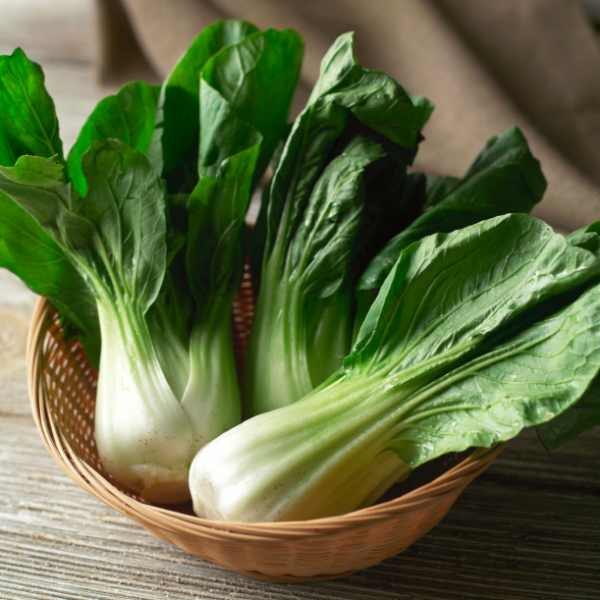


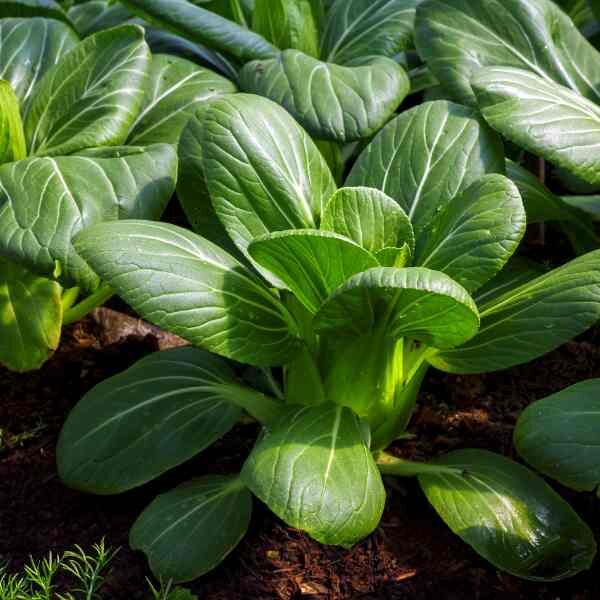
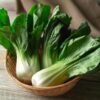
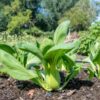


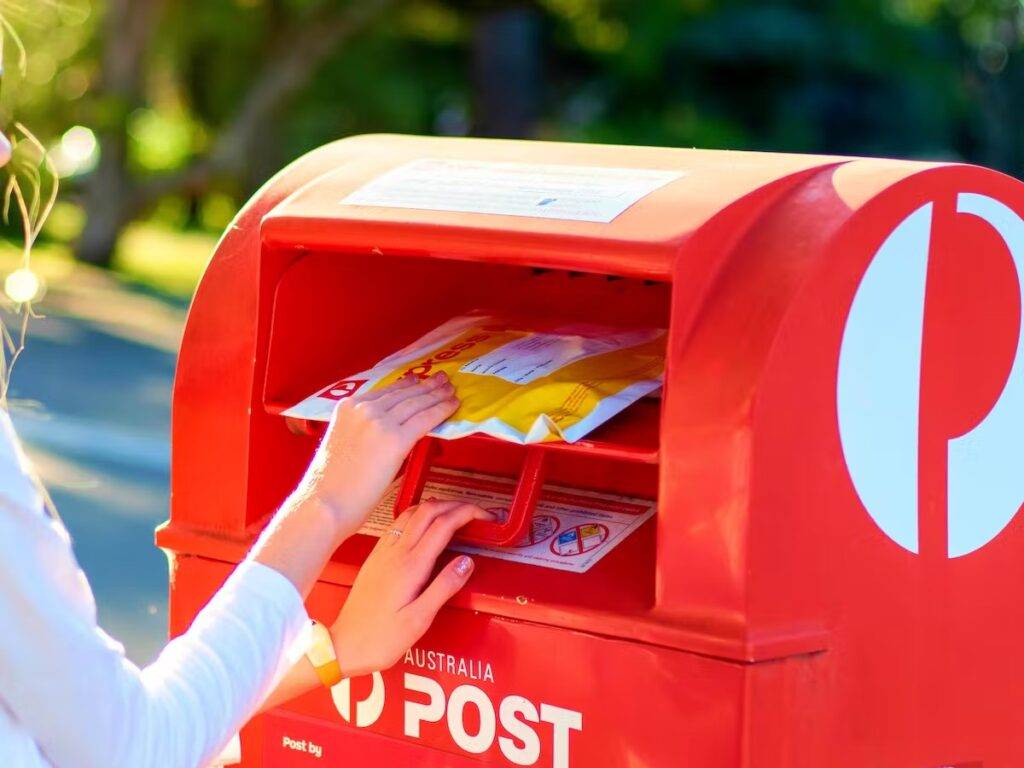
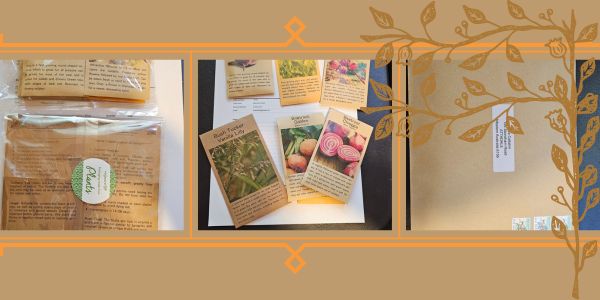
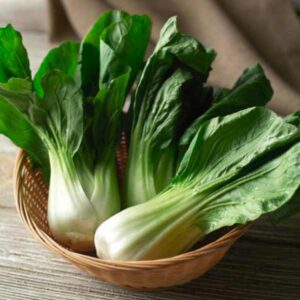
Reviews
There are no reviews yet